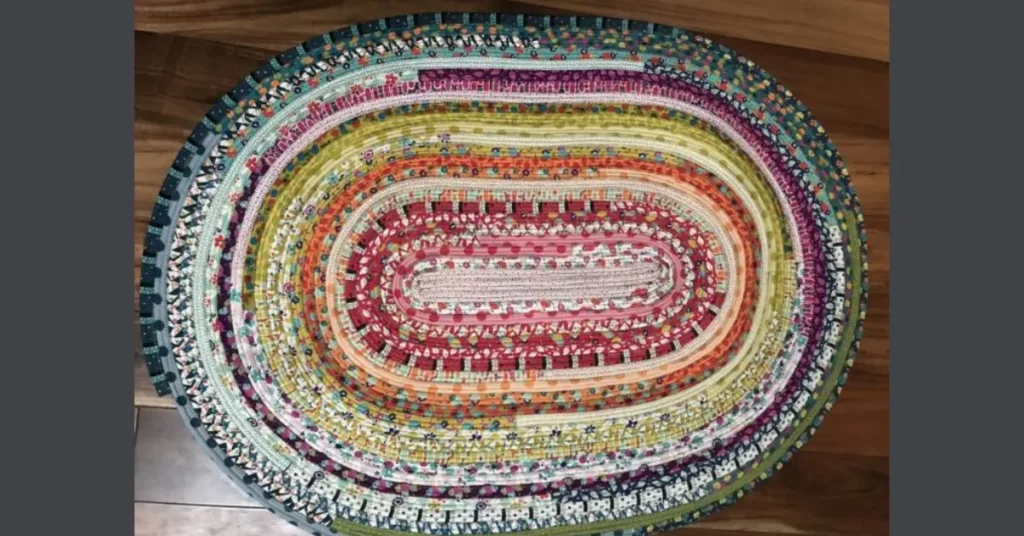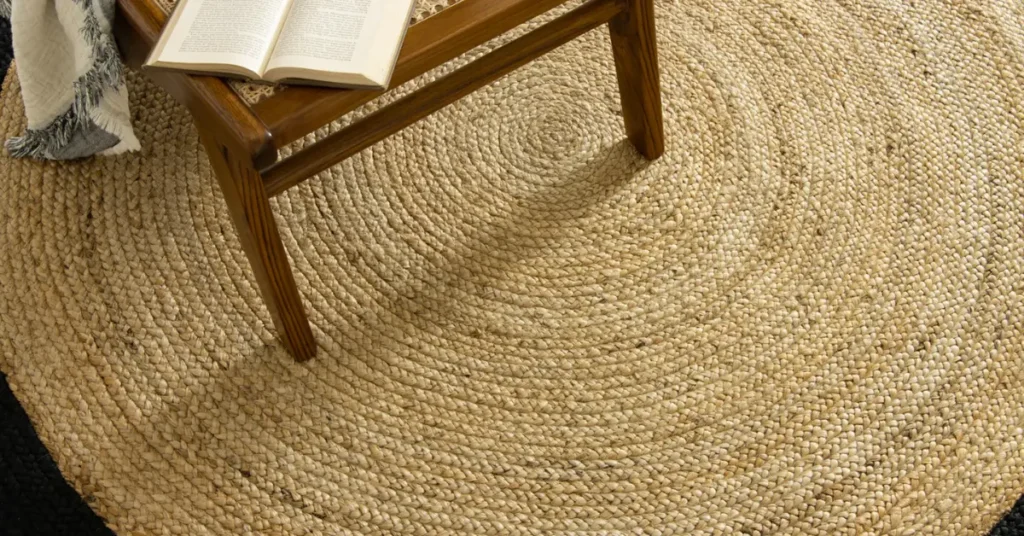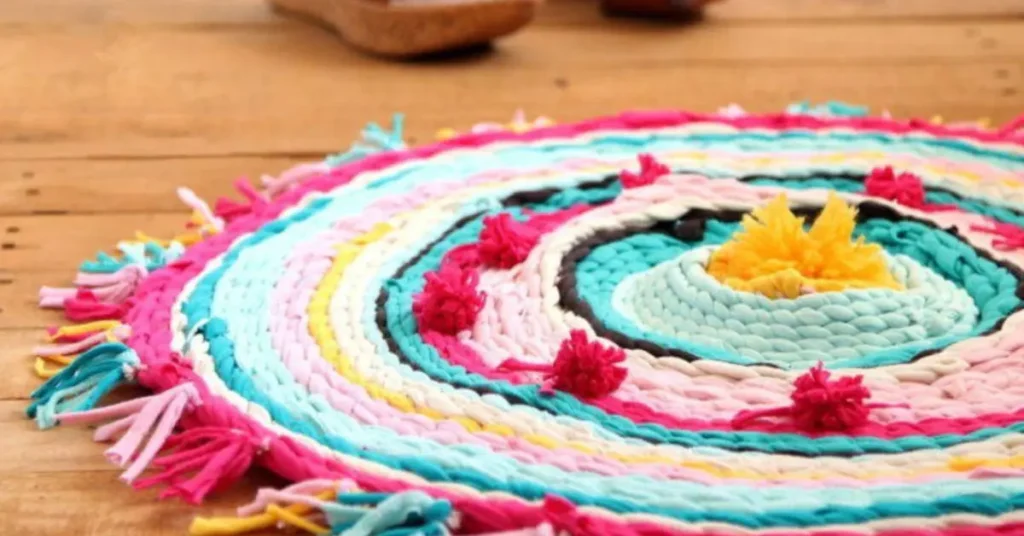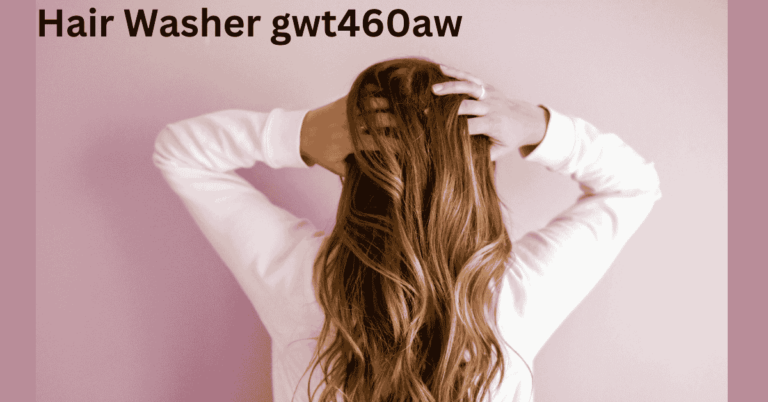Как связать идеальный коврик для пола: 105 лучших схем и идей
Knitting a floor mat is not only a great hobby but also a way to create a cozy and personalized element of decor. Knitted rugs are becoming increasingly popular due to their practicality, versatility, and ability to express creativity. They can complement any interior, whether it’s a bedroom, living room, or bathroom.Modern floor mats can be simple and minimalist or rich in complex patterns and textures. In this article, we will guide you on Как связать коврик для пола: 105 лучших схем для beginners and experienced crafters to help you create a unique rug with your own hands.
Why Knit Your Own Floor Rug?

A handmade rug not only adds a touch of personality to your living space, but it also serves as a functional and durable element that enhances the warmth and comfort of your home. Knitted rugs can be used in various rooms, such as the living room, bedroom, bathroom, or even a hallway. By crafting your own rug, you can select the perfect combination of yarn type, color, and pattern to match your interior design preferences.
Materials for Knitting a Rug
The quality of your rug starts with the materials you choose. The right yarn, tools, and accessories will ensure that your rug is both beautiful and durable.
Yarn Selection: Quality and Durability
When selecting yarn for a floor rug, it’s important to choose a type that is thick, sturdy, and able to withstand daily use. Here are some of the most common types of yarn to consider:
- Cotton Yarn: Ideal for rugs in areas like the kitchen or hallway, cotton is easy to clean and maintain.
- Wool Yarn: Wool offers a soft, warm texture, making it perfect for cozy spaces like the bedroom or living room.
- Synthetic Yarn (Acrylic or Nylon): For a more budget-friendly option, synthetic yarns offer durability and are resistant to wear and tear.
Color Choices: Aesthetic and Functionality
The color of your rug will influence the overall atmosphere of the room. Bold, vibrant colors can make a room feel more energetic, while neutral tones provide a calming and sophisticated feel. For high-traffic areas, consider darker shades or patterned designs that can help mask dirt and stains.
Essential Tools for Rug Knitting
In addition to yarn, you will need the right tools for the job. The most essential tools include:
- Knitting Needles or Crochet Hooks: Depending on your technique, select needles or hooks that match the thickness of your yarn.
- Scissors: For trimming yarn ends and finishing your project.
- Yarn Needle: For weaving in loose ends and joining sections of your rug.
- Measuring Tape: To ensure your rug reaches the desired dimensions.
Knitting Techniques for Floor Rugs

Once you have gathered your materials, it’s time to choose the knitting or crocheting techniques that best suit your project. Below are a few popular methods for crafting a rug.
Crocheting a Rug: Easy and Versatile
Crocheting is one of the simplest ways to create a rug. It allows for flexibility in terms of shape and pattern, whether you want a round, oval, or rectangular rug. A basic crochet pattern often involves single and double crochets, which can be used to create various textures and designs.
Knitting with Needles: Dense Patterns and Complex Textures
If you prefer a more structured and dense texture, knitting with needles is an excellent option. This method is ideal for creating square or rectangular rugs and provides the opportunity to experiment with more intricate stitch patterns like cable knits or basket weaves.
Macramé Rugs: Boho Style with Knotting Techniques
Macramé is an ancient art of knotting that has become increasingly popular for rug-making, especially in bohemian-style interiors. Using simple knots like the square knot and lark’s head knot, you can create textured and eye-catching patterns. Macramé is perfect for those looking to add a natural, artisanal touch to their home.
Read More: Vladislava Gagan
Step-by-Step Guide to Knitting Popular Rug Shapes
Round Rugs: A Classic Addition to Any Room
Round rugs are timeless and can fit well in almost any room. To knit a round rug, you typically begin from the center and work your way outward in concentric circles. Double crochet stitches are commonly used for this pattern as they allow for quick expansion.
- Start with a foundation chain of 4–6 stitches and form a loop.
- Crochet in rounds, adding extra stitches to each round to ensure the rug lays flat.
- Continue expanding until your rug reaches the desired diameter.
Oval Rugs: A Sophisticated Touch
Oval rugs add an elegant aesthetic, and their elongated shape makes them perfect for hallways or under dining tables.
- Create a foundation chain to match the length of your rug.
- Work single or double crochet stitches along the edges of the chain.
- Increase stitches at the corners to maintain the oval shape and avoid curling.
Square and Rectangular Rugs: Versatile and Functional
Square and rectangular rugs offer the most versatility and can be used in virtually any room. These shapes are ideal for those looking for a simple yet functional design.
- Start with a foundation chain that matches one side of the rug.
- Work row by row, adding stitches to maintain an even shape.
- For added texture, consider incorporating a raised stitch pattern or cables.
Adding Decorative Elements to Your Rug

Decorating your knitted rug is a fun way to personalize it further. You can enhance your rug with tassels, fringe, or pom-poms to give it a playful or bohemian flair.
Tassels and Fringe
To add fringe:
- Cut multiple strands of yarn.
- Fold them in half and loop them through the edge stitches of your rug.
- Trim the ends to the desired length.
Tassels are also a simple yet effective way to embellish the corners or edges of your rug.
Textured Patterns
For a more sophisticated look, experiment with raised stitches, such as front post double crochets, to create embossed patterns like diamonds or chevrons. These patterns add depth and visual interest to the rug, making it a statement piece in any room.
Caring for Your Knitted Rug
Washing and Maintenance
To ensure the longevity of your rug, proper care is essential. Most knitted rugs, especially those made from wool or delicate fibers, should be hand-washed with cold water and a mild detergent. For rugs made from synthetic fibers, machine washing on a gentle cycle may be appropriate.
After washing, lay the rug flat to dry to avoid stretching or misshaping.
Tips for Increasing Rug Durability
- Use a non-slip pad underneath your rug to prevent wear and tear, especially in high-traffic areas.
- Rotate your rug periodically to ensure even wear across the surface.
- Avoid placing knitted rugs in areas with excessive moisture, as this can lead to mold or mildew growth.
FACTS
- Customization: Fully customize size, color, and pattern to match home decor.
- Eco-Friendly: Use natural fibers like cotton or wool for an eco-friendly option.
- Durability: Thick, durable yarn can last for years; using a non-slip mat increases longevity.
- Versatility in Technique: Various techniques (crocheting, knitting, macramé) create different textures and styles.
- Budget-Friendly: More cost-effective than high-quality store-bought rugs, especially with affordable yarn or recycled materials.
- Therapeutic Benefits: Knitting reduces stress and improves mental health; it’s a meditative activity.
FAQs
What type of yarn is best for knitting a floor rug?
Thick and durable yarns are ideal. Common choices include cotton for easy maintenance, wool for softness, and synthetic yarns like acrylic for budget-friendliness.
How do I choose the right size for my rug?
Consider the space where you’ll place the rug. Measure the area to ensure a proper fit, keeping in mind any furniture placement or desired coverage.
What tools do I need to knit a rug?
Essential tools include knitting needles or crochet hooks, scissors, a yarn needle, and measuring tape.
How long does it take to knit a floor rug?
Time varies based on size and complexity; it can take anywhere from a few hours to several weeks.
Can I wash my knitted rug?
Yes, most knitted rugs can be washed. Hand wash with cold water for delicate fibers, or machine wash on a gentle cycle for synthetic materials.
Conclusion
Knitting your own floor rug is not only a fulfilling and creative endeavor, but it also allows you to bring a personalized touch to your home decor. With the ability to customize size, color, and pattern, you can create a unique piece that enhances the warmth and comfort of any room.
Keep In Touch With: Mopoga.Us!





